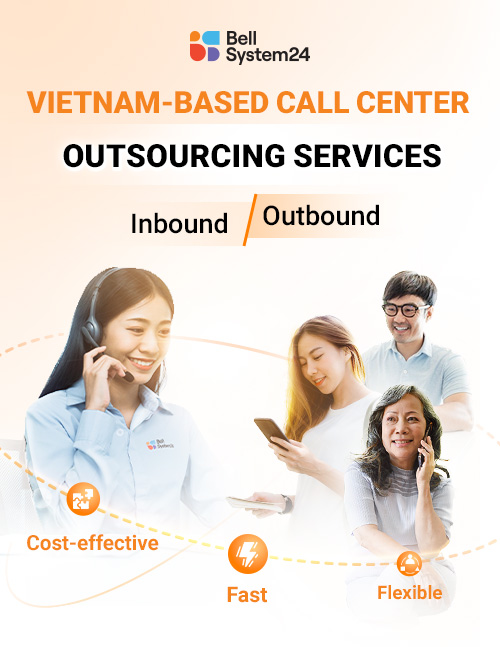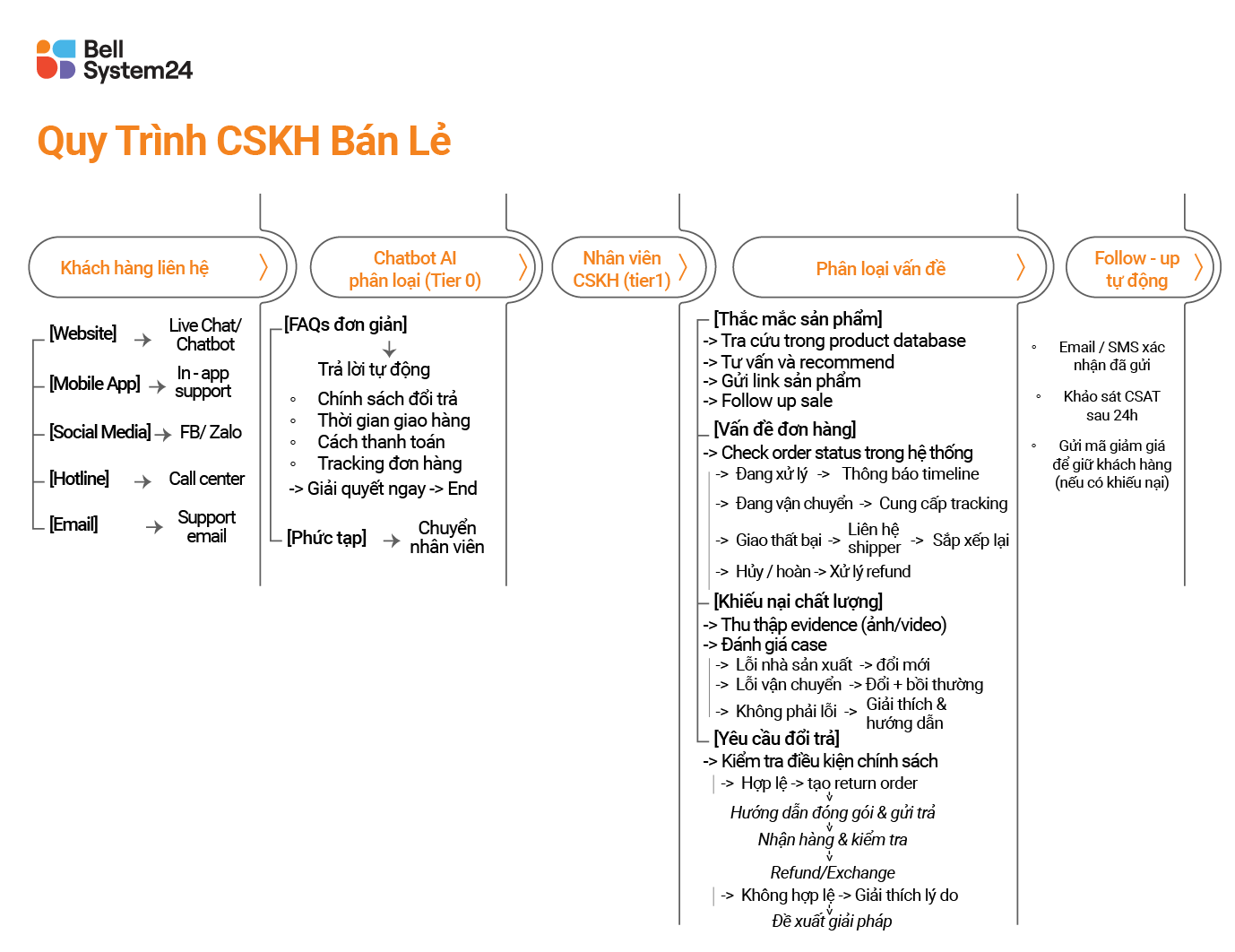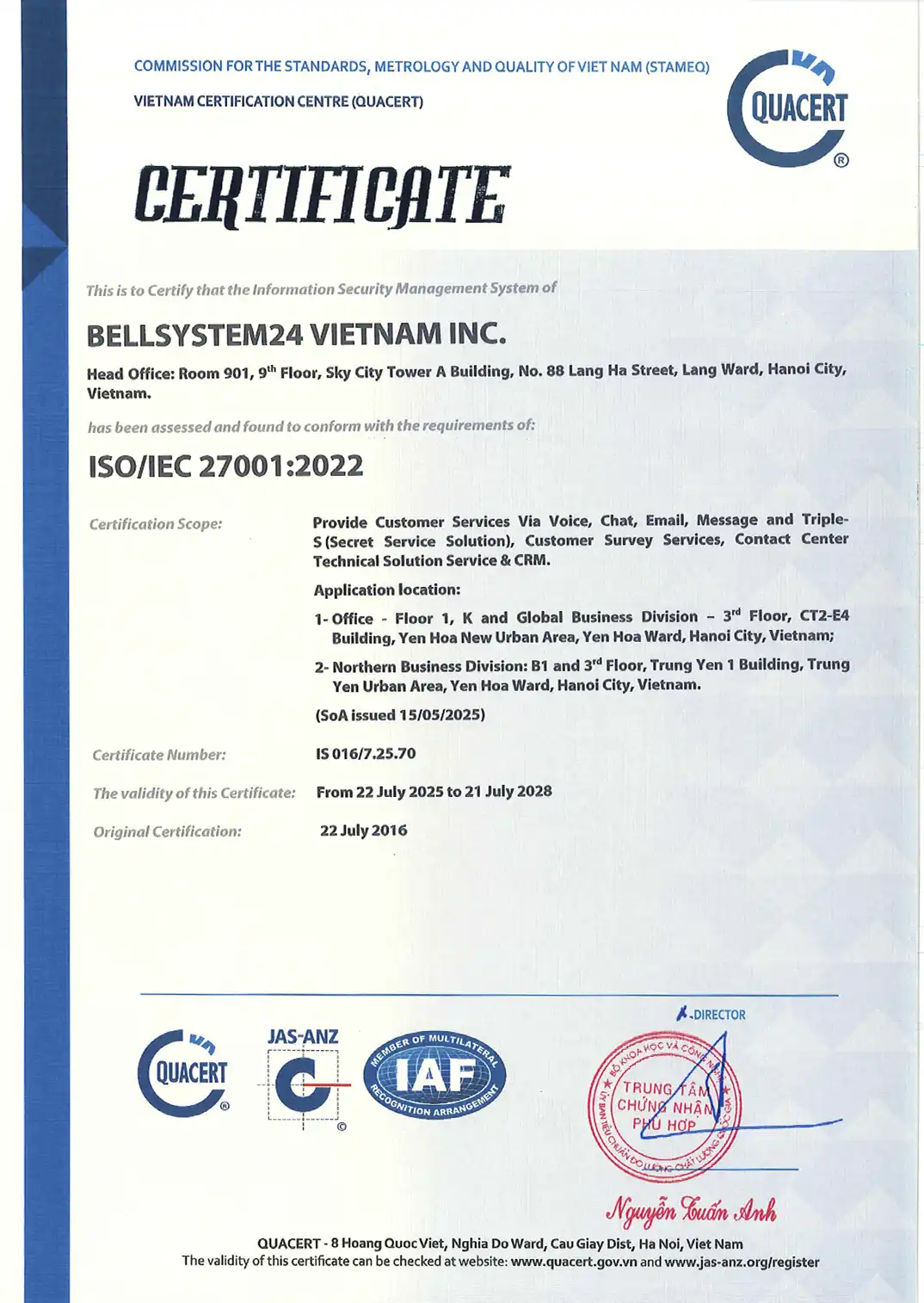When most people think about brand building, human resources is not the first factor that comes to mind. Instead, you often think about building clever communication campaigns that showcase the company's symbols and images and impress customers. These campaigns promise higher success rates and greater brand value.
But look at the world's most successful brands like Coca-Cola, Google, Apple – brands that have transcended the concept of ordinary products and services to become icons, unique definitions in their own right. Behind this success, all these brands seem to have one thing in common: they consistently rank at the top of the list of "The World's Best Companies to Work For." In addition to being recognized as major brands, they also possess a successful corporate culture and attract many talented employees.
We all recognize that strong brands are magnets for talent, but it is precisely these talents that make the brands strong. What makes employees work harder, be more productive, and less likely to leave their companies?
Numerous studies show that companies with high scores in corporate culture have employees who work more productively, while also achieving better profits and revenue. Building a brand is no longer just the job of the Marketing or Communications department. Human resources professionals are the ones who build the internal brand.
A polished introduction
The first impression you make on potential employees will help you build your brand for the long term. During the first few days of a new hire, the HR manager is responsible for introducing employees to their benefits, policies, providing them with all necessary equipment and management software, and guiding them through the process of registering their information in a professional manner. A good first impression of the company will create a positive and enthusiastic feeling for new employees.
Some companies use tactics such as onboarding-in-a-box, where new employees are provided with a tablet or USB containing all the necessary forms and applications to register for their benefits. Using technology to professionalize the benefits process can reduce employee registration time from two and a half hours to nine minutes.
Clear reward process
Just as marketing must consider the customer experience when developing products and customer programs, HR must prioritize maintaining the employee experience, especially through reward programs and internal cultural communication activities.
Providing benefits for employees is one of the largest expenses for most organizations, and it is also a key factor in driving employee productivity. Appropriate rewards will encourage employees to work more actively. Internal communication programs and tools need to be fresh, engaging, visual, and informative, with images and language that help employees better understand the benefits the company provides, building pride in the company's brand for each employee. Multiple communication channels can be used to provide information to employees, such as email, direct communication in department meetings, text messages, or online video tutorials. The human resources department should regularly review internal communication programs and conduct surveys to better understand the needs and preferences of employees within the company.
Benefit packages will not be entirely suitable for all employees, so the HR team needs to carefully consider the demographics of the workforce to offer packages that are appropriate for them. For example, a young employee will value salary and flexible working hours more than insurance and retirement benefits, unlike a long-term employee.
Monitor emerging benefit trends such as wellness programs and flexible spending accounts. Evaluate whether these benefits may be suitable for your organization to maintain competitiveness.
For example, Starbucks has a workforce with a large number of part-time workers, but they are still eligible for full health insurance benefits, stock options, and free coffee.
If employees feel that their companies offer competitive benefit packages, they will share that message with others, which, of course, brings good publicity to your company.
Cultural communication internal powerful unit
Employees want to feel connected to their organization and its culture – whether they work from the company headquarters or a remote location. Businesses must clearly communicate the company's values, employee expectations, core culture, and commitments.
An example of a company that does this well is Netflix. The PowerPoint presentation released by Netflix CEO Reed Hastings, which has been viewed over 5 million times on the web, outlines the company's talent management strategies, based on philosophies such as: "Talent managers should think like businesspeople and innovators first, ensuring that all employees understand what the company needs."
A challenge facing many businesses today, especially multinational organizations, is creating a unified approach to communicating with employees. The journey of building a brand and internal employee communications must maintain consistency and establish a distinct identity. That way, whenever an employee receives information about company policies, procedures, or news, whether they access that information in California, Canada, the United Kingdom, or the Philippines, they can easily understand the company's message.
Technology
The technology employees use at work impacts their perception of the brand. Modern and user-friendly technology demonstrates that an organization is innovative. Creating user-friendly information portals that are easy to interact with on smartphones and tablets allows employees to access information anytime, anywhere, conveniently enhancing interaction with the messages conveyed by human resources.
Some applications can identify employee status updates such as address changes, new job titles, or other demographic information. These applications will help employees in different locations get to know each other even if they have not had the opportunity to meet. Information about the organization is also communicated easily and quickly. The role of human resources in brand building is an important one. Organizations need to build their brand from the inside out with a solid foundation to be successful.







